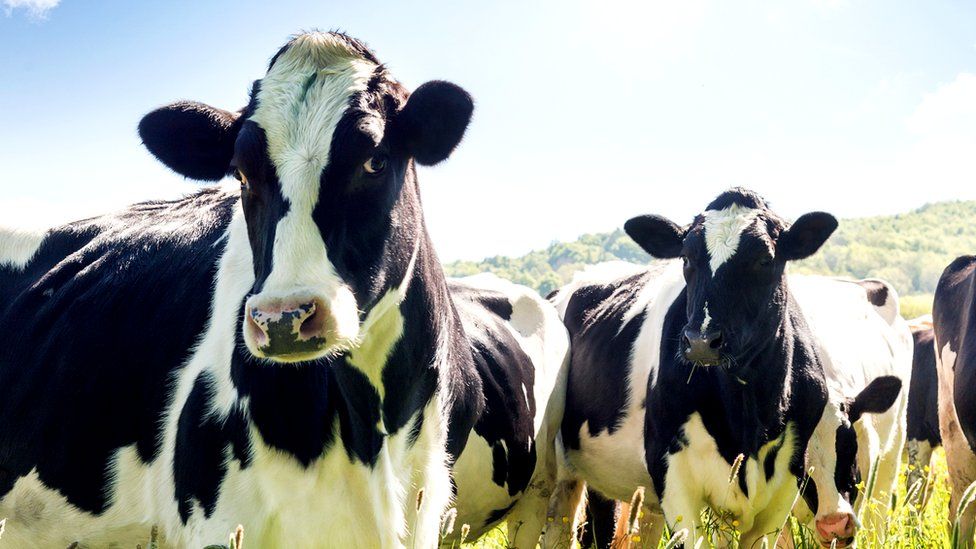 The Taliban hit back with a vengeance following the US-led invasion of 2001
The Taliban hit back with a vengeance following the US-led invasion of 2001 Ten years ago, Taliban fighters in their thousands abandoned power, fled their military posts and melted away into the countryside, allowing Western-led forces to capture Afghanistan without a fight.
Today, that rag-tag militia has evolved into a sophisticated guerrilla force which has recently hit several high-value targets and all but derailed American plans for a smooth and successful drawdown of troops. Significantly, they have achieved this despite the absence of a charismatic leader, a unified chain of command and a politico-economic vision.
So how did they do it?
Until three years after their government was ousted by coalition forces in October 2001, there was little Taliban activity in Afghanistan.
"Taliban were initially welcomed by the Afghan people for bringing a four-year long civil war to an end, but when they started to implement their strict Islamic code, the people got fed up," says Brig (retired) Mehmood Shah, a former head of security for Pakistan's north-western tribal areas.
"People welcomed the Americans [because] they saw them as their liberators. There was no room for the Taliban to stage a comeback immediately."
Continue reading the main story
“Start Quote
Hasan Askari Rizvi Defence analystI think the Pakistani military... tolerated the Taliban and also helped them”
By 2006, however, the Taliban had infiltrated large parts of the south - especially the provinces of Zabul, Kandahar and Helmand.
By 2008, they were spreading out north towards Kabul.Brig Shah says the Americans made two mistakes which squandered their advantage.
"They focused on military objectives instead of stabilisation and development. And they soon went to fight a war of choice in Iraq, abandoning the war of necessity that had brought them to Afghanistan."
The lack of reconstruction, and rampant corruption among government officials at a time when millions of refugees were returning from Iran and Pakistan, led to widespread disenchantment and fuelled insurgency, he says.
Sanctuary in Pakistan But many analysts also point to the role of Pakistan, from where the Taliban had emerged in 1994, and where most of them fled in 2001.
Many feel the current Afghan insurgency was born in the Pakistani tribal region of Waziristan.
While the rest of Afghanistan was quiet, they say, Waziristan was alive with Taliban activity that then made banner headlines around the world.
 Pakistan sent troops to the border but did not push the militants out
Pakistan sent troops to the border but did not push the militants out Most analysts agree - whether publicly or in private - that Pakistan's security establishment allowed the Taliban to turn Waziristan into a militant sanctuary despite having the capacity to eliminate them.
"I think the military was divided on the issue. It tolerated them, and also helped them," says Dr Hasan Askari Rizvi, a defence analyst.
Coalition troops suffered their earliest casualties in south-eastern Afghanistan, just across the border from Waziristan.

These developments eclipsed the concentration of Taliban fighters in Pakistan's south-western province of Balochistan, who started to quietly infiltrate Zabul, Kandahar and Helmand provinces from Toba Kakar, Chaman, Quetta and Chaghai areas.
This development remained unattended both by the coalition troops in Afghanistan, who were too few in numbers to handle it, and the Pakistani military, to whom the Americans outsourced the fighting when they went to fight in Iraq.
The results were predictable enough.
Western officials admit that until 2008-09, coalition forces in the south were unable to hold areas which were important for the Taliban - such as large parts of central Kandahar and southern Helmand where the Taliban set up bomb-making factories, arms caches and defensive positions - and at the same time protect their own lines of communication.
'Punjabi Taliban' Since the "troop surge" announced by President Obama in 2010, coalition forces have been able to dislodge the Taliban from their entrenched positions in Kandahar and Helmand.
Continue reading the main story
THE TALIBAN
- Emerged in Afghanistan in 1994
- Mainly supported by ethnic Pashtuns
- Toppled after US-led invasion of Afghanistan in 2001
- Fugitive leader Mullah Omar wanted, whereabouts unknown
But the insurgency has now spread wider, to areas around the capital, Kabul, and even to the formerly peaceful provinces of northern Afghanistan.
The Taliban now seem to be relying more on suicide bombings, and spectacular gun-and-bomb attacks to hit targets of great psychological value.And there is an unending supply of new - and better trained - fighters entering Afghanistan from Pakistani areas, notably Waziristan.
Credible sources tell the BBC that these fighters are mainly Pakistanis, locally called the Punjabi Taliban, who specialise in gun-and-bomb attacks and constitute a major part of the Waziristan-based Haqqani network.
According to these sources, since 2009 these fighters have been travelling up to the border in Pakistani military vehicles, presumably to avoid missile strikes by CIA-operated drones.
A Pakistani military source in the region admits collaboration with these fighters.
The army spokesman, Maj-Gen Athar Abbas, rejects this as "malicious and fabricated".
"Nothing can be farther from the truth," he wrote back in a recent text message to me.
But since the recent accusations by US officials that some attacks in Kabul may have been ordered by Pakistan's ISI intelligence service, questions over the military's actual role in the Afghan insurgency are now being raised in various quarters within Pakistan.
Many in the West have long held that the key to peace in Afghanistan lies with the Pakistani military.
The coming months will show if that is really the case, and whether Pakistan agrees to comply with the demands of the international community.

No comments:
Post a Comment